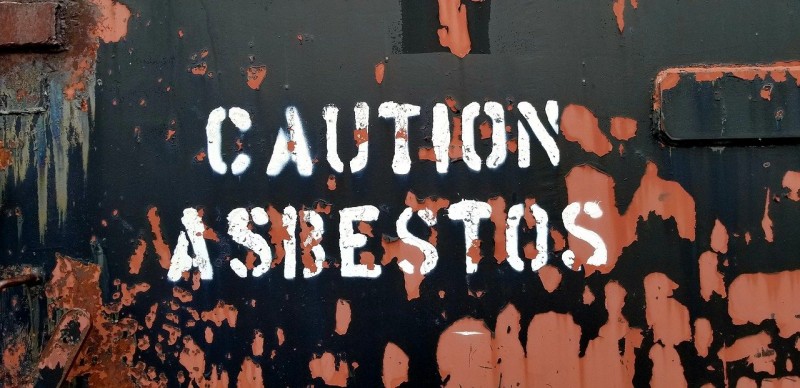Asbestos - What You Should Know
Asbestos - the Dark Side
As long ago as 2000 years, the Romans documented evidence that asbestos was known to cause adverse health effects. In fact, this product that was known as a fibre for the wealthy steadily declined in use until the industrial boom caused a resurgence in its popularity. During the 1700 and 1800s asbestos remained an expensive commodity largely used by the rail industry to line pipes, fireboxes and boilers, as well as lining box cars and refrigeration units.
Dollar signs clanged and asbestos mining surged. It wasn’t long before asbestos became commonplace and an economical material for a vast array of uses, resulting in widespread use of asbestos in many aspects of daily life. For insight on where asbestos could be found in your home, check out the interactive house at asbestosawareness.com.
It wasn’t long before reports of premature deaths amongst asbestos miners and asbestos manufacturing plant workers began to grow. Asbestosis was first diagnosed in 1924 and many cases later, not to mention five other diagnosed conditions later, the heyday of asbestos has come to an end.
Warning – Health Hazard Ahead
What we now know is that asbestos mineral fibre, once disturbed and broken down, floats in the air and will lodge in the lungs. The human body has no capacity to dislodge them. Certain types of asbestos, such as blue Crocidolite are suspected to be more dangerous due to the properties of the fibre and recognized as causing more lung cancer deaths.
The really scary part is that the damage shows up years – decades – later. Asbestos was finally banned for use in Australia in 1988, but the exposure from mining and widespread usage is very much a present reality, leading to more and more cases of asbestosis, lung cancer and mesothelioma deaths and diagnoses every day. Human mortality from asbestos exposure is projected many years into the future.
Remove Asbestos Safely
Randall Group recognise that asbestos is completely safe wherever it’s covered over and left undisturbed. It is when asbestos is damaged, disintegrates with normal wear and tear, or is affected by natural disasters such as flood, storm damage or bushfire, that asbestos in the home could cause you harm. Ask asbestos experts and they will tell you:
DO NOT cut it, demolish it, scrape it, waterblast it, sand it, dismantle it… you get the picture.
Read more in our final article: Asbestos Removal - How To

